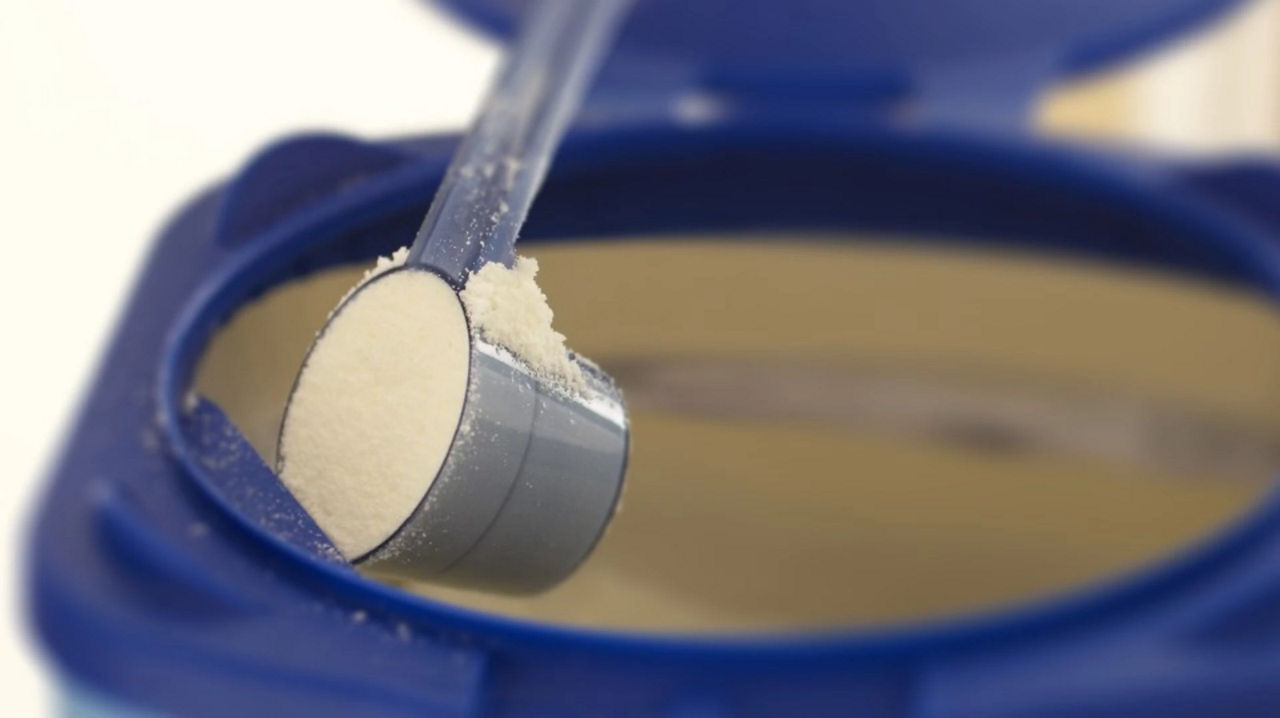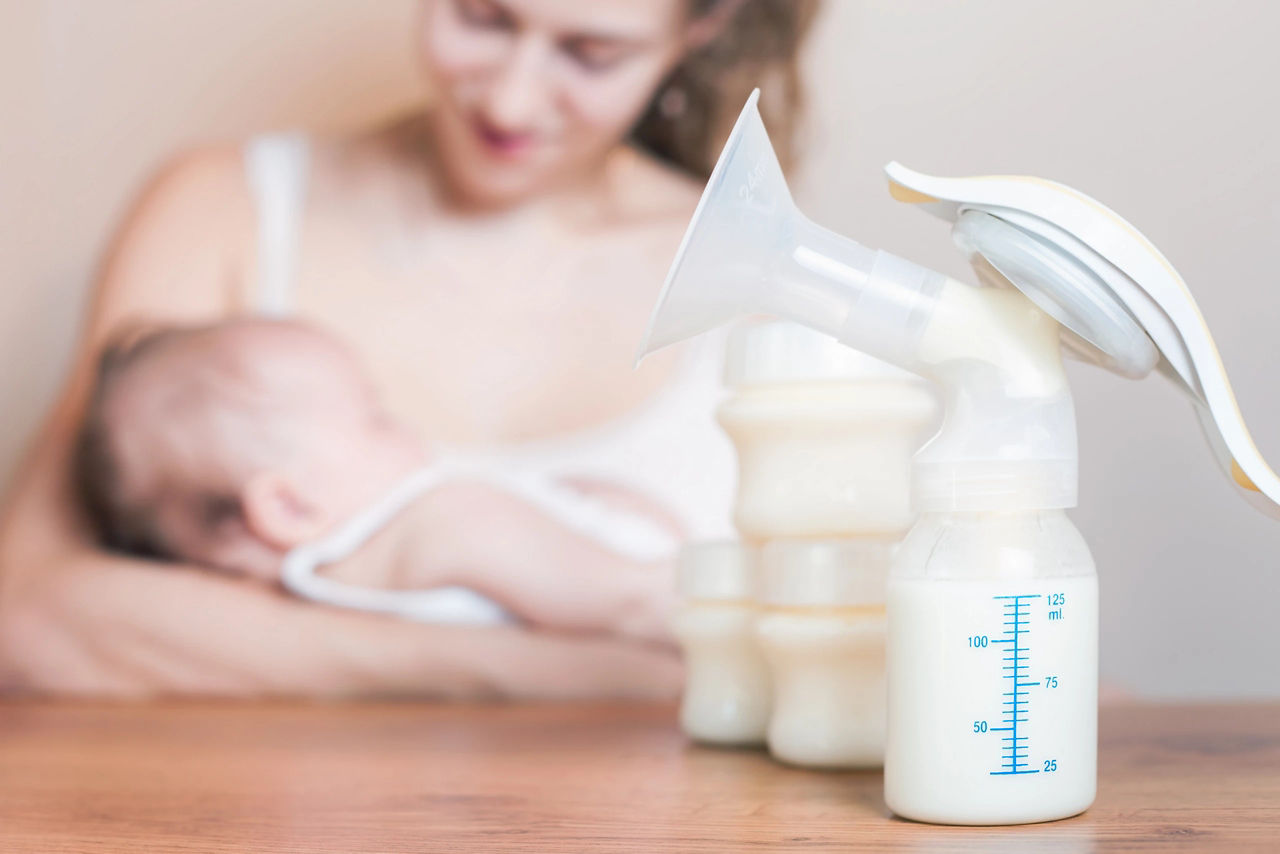Before you switch to combination feeding, it’s always worth discussing your options with your midwife, health visitor or other healthcare professional. They’ll be able to provide you with any breastfeeding support you might need, and give you some practical advice about how to make your combi feeding journey a success. As with most things, combination feeding has both its benefits and its challenges, and you can find further advice about both here.
Whether you decide to combi feed with expressed breast milk or infant formula, the main thing is to introduce the change gradually. A gentle transition to combination feeding allows both your baby and your body to adapt to the new routine(1):
Babies who are used to exclusive breastfeeding will need to learn to suck a little differently, drinking milk from baby bottles is a new skill, and they may take a little time to adapt. Remember that all babies are different, and will take to combi feeding in their own way and at their own pace.
The switch to combi feeding is also a change for your body. To ensure that your baby is getting enough breast milk, and depending on how you choose to combination feed, your body may need to produce more or less milk. Transitioning gradually will help you to manage your milk production, and avoid issues such as engorgement and mastitis(1)







